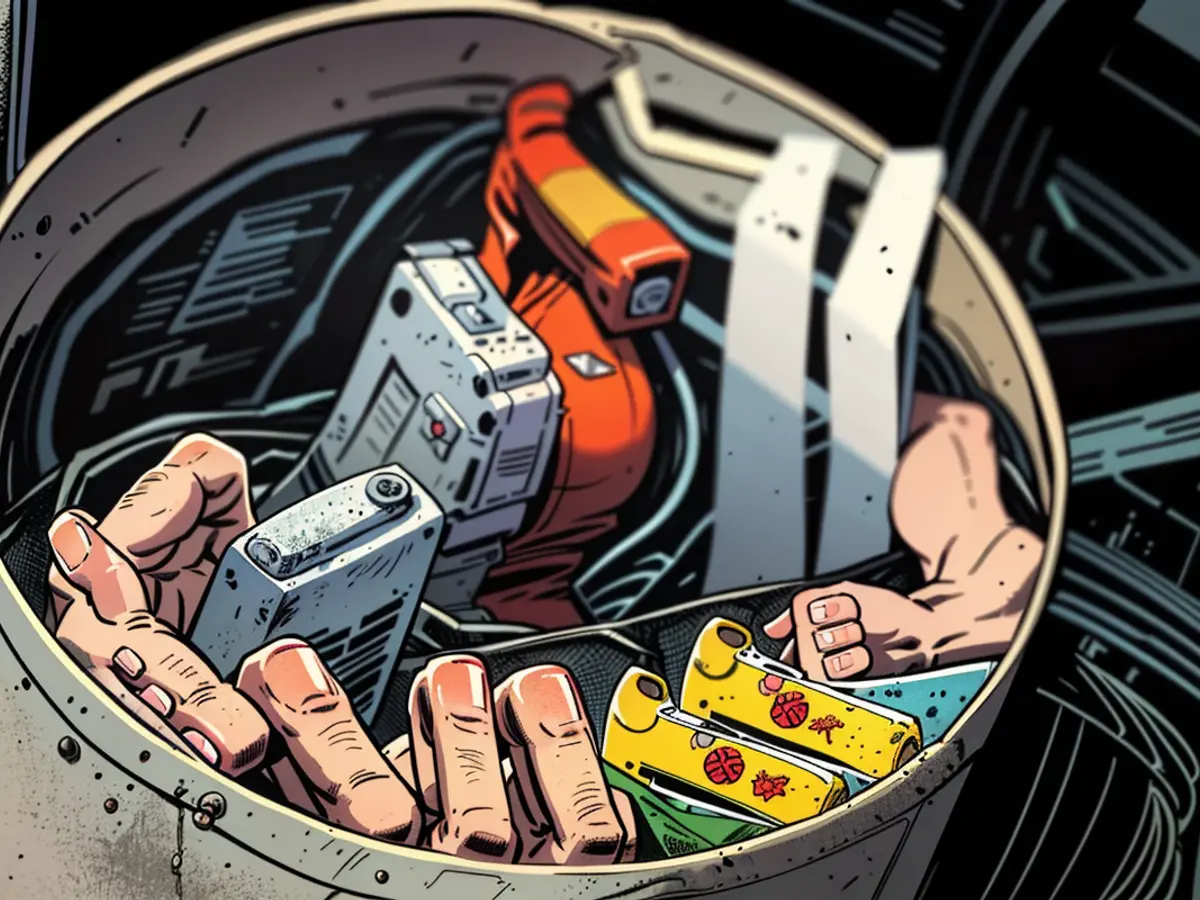Viewpoint: The Challenge of Space Debris and Potential Solutions
This occurrence highlights the pressing requirement for a significant change towards eco-friendly space practices.
The item that impacted the Otero household wasn't merely a random fragment of debris; it was a leftover from a disposed battery palette, initially weighing several tons, which had been utilised on the International Space Station (ISS). The battery palette was jettisoned from the ISS in 2021 and was anticipated to burn up upon re-entry into the atmosphere. However, the smartphone-sized fragment that collided with the Otero residence on March 8 endured, and it carried the weight of our short-sighted approach to space research. Our straight-through model - where satellites, just like single-use plastics, are dispatched and discarded - is resulting in the increasing peril of space debris.
Advocates for a circular space economy propose a transformative relocation from this wasteful paradigm. Much like using reusable materials on Earth, moving to a circular space economy signifies designing space systems with reuse, renovation, and recyclability in mind. Satellites should be created to last longer, allowing for updates and improvements instead of being discarded after a sole assignment.
We don't send our vehicles to the scrapyard once they break. We repair them, and for the vehicles that are beyond repair, many parts are reclaimed and repurposed for other vehicles. Because all satellites are disposable, when they die, we require launching something else, and the dead satellite indefinitely consumes orbital carrying capacity (the volume that can safely be in orbit, not unlike the capacity a highway can handle). It becomes a hazard to the safety of other space objects for years, decades, or even longer.
Instead of abandoning defunct satellites to drift aimlessly in orbit or plunge unpredictably to Earth, we must adopt managed re-entry methods. This means methodically making the satellite burn up in the atmosphere, while concurrently ensuring that the particles created by this process don't soil it. That demands us to use research and engineering to identify the best materials and designs for satellites. This would guarantee that objects securely burn up, reducing the risk of debris influencing our land and water bodies while simultaneously not polluting the atmosphere.
I'm not the only one seeking celestial responsibility. The European Space Agency (ESA) has surfaced as a frontrunner in the promotion of a circular space economy. ESA has offered a courageous pledge to embrace circular economy principles throughout its space missions and operations. This strategic initiative encompasses designing spacecraft for reusability, exploring groundbreaking recycling techniques for space hardware, and prioritizing responsible termination procedures via controlled re-entry or orbital manoeuvres.
By implementing circular economy principles, ESA aspires to lessen space debris, decrease mission costs, and usher in a more sustainable - and eventually, more viable - future in space exploration.
NASA, as a leader in space exploration, also holds a crucial part to play in fostering reusable and recyclable space systems. The agency's scientific and technological aptitude can spearhead inspiring answers that minimize waste and maximise sustainability in space missions.
NASA is not a newcomer to spearheading innovation when it's necessary. One instance of NASA's ability to lead innovation in critical circumstances is the development of the Space Shuttle program. The Space Shuttle, with its reusable orbiter and solid rocket boosters, represented a significant leap forward in space transportation technology. By developing a spacecraft that could be launched, returned to Earth, and released again, NASA showed the feasibility and advantages of reusable space systems.
Apart from launch vehicles, NASA has been a pioneer in developing innovative technologies for resource exploitation and sustainability in space. Tasks like the Artemis program, intended to revert humans to the Moon sustainably, involve the development of technologies for in-situ resource utilisation (ISRU) and residing structure production via nearby materials.
The occurrence in Naples serves as a wake-up call - a call to action demanding innovation, unity, and responsible stewardship of our cosmic environment. Let's seize this critical instant to redefine our connection with space - a connection built on principles of conservation, responsibility, and worship for the awe-inspiring marvels that inhabit our universe.
Read also:
- This will change in December
- Dikes withstand water masses so far - Scholz holds out the prospect of help
- Fireworks and parties ring in 2024 - turn of the year overshadowed by conflicts
- Attacks on ships in the Red Sea: shipping companies avoid important trade route
The diverse opinions within the space community regarding the management of space debris underscore the complexity of the issue. Implementing a circular space economy, as proposed by advocates, could garner broad support, given its potential to reduce waste and promote sustainability.
Source: edition.cnn.com








